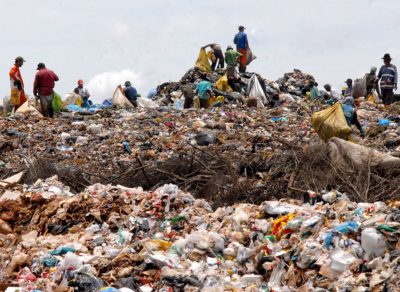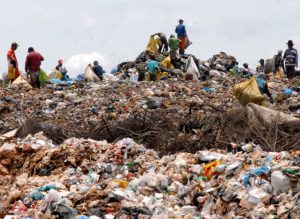
Plastic fibers pouring into the environment and into our bodies
If plastic frees us, improving daily life in almost uncountable ways, It is everywhere: the most enduring, insidious, and intimate product in the world.And plastic imprisons us in waste and microscopic pollution.
From the soles of your shoes to the contact lenses in your eyes, the phone in your pocket to the food in your refrigerator, the evidence is unmistakable: We are living in The Plastic Age!!
Recent studies have shown the shocking extent of plastics in the world’s oceans and lakes. Orb Media followed with a new question: If microscopic plastic is in oceans, lakes, and rivers, is it in drinking water as well?
In the first public scientific study of its kind, we found previously unknown plastic contamination in the tap water of cities around the world.

Microscopic plastic fibers are flowing out of taps from New York to New Delhi, according to exclusive research by Orb and a researcher at the University of Minnesota School of Public Health. From the halls of the U.S. Capitol to the shores of Lake Victoria in Uganda, women, children, men, and babies are consuming plastic with every glass of water.
More than 80 percent of the samples we collected on five continents tested positive for the presence of plastic fibers.
Microplastics — tiny plastic fibers and fragments — aren’t just choking the ocean; they have infested the world’s drinking water.
Scientists say these microscopic fibers might originate in the everyday abrasion of clothes, upholstery, and carpets. They could reach your household tap by contaminating local water sources, or treatment and distribution systems. But no one knows, and no specific procedures yet exist for filtering or containing them.
If plastic fibers are in your water, experts say they’re surely in your food as well — baby formula, pasta, soups, and sauces, whether from the kitchen or the grocery. It gets worse. Plastic is all but indestructible, meaning plastic waste doesn’t biodegrade; rather, it only breaks down into smaller pieces of itself, even down to particles in nanometer scale — one-one thousandth of one-one thousandth of a millimeter.
Studies show particles of that size can migrate through the intestinal wall and travel to the lymph nodes and other bodily organs. Why should you care? Microplastics have been shown to absorb toxic chemicals linked to cancer and other illnesses, and then release them when consumed by fish and mammals.
Designers need to be involved in the reflection on the entire life cycle of products including the waste phase. All actors designing, producing, using and disposing of plastic products and handling plastic waste will have to contribute to a less wasteful economy.
What do you think?